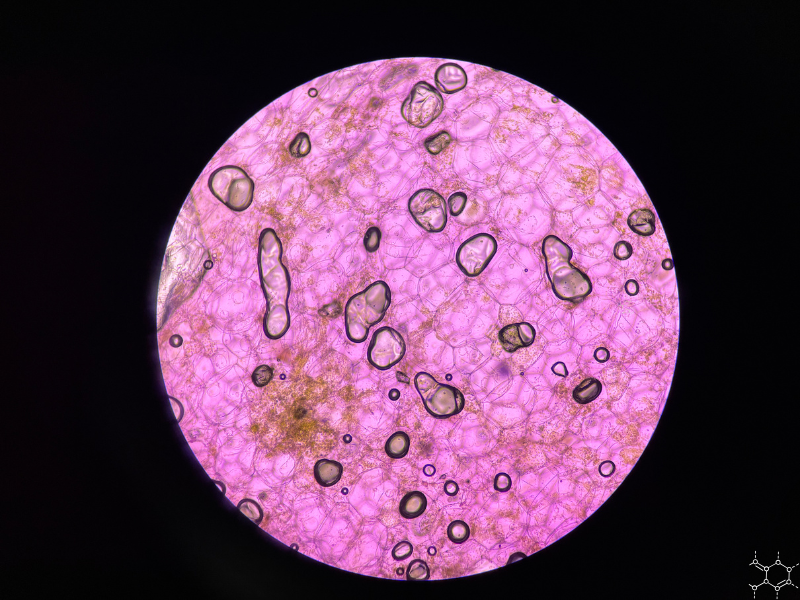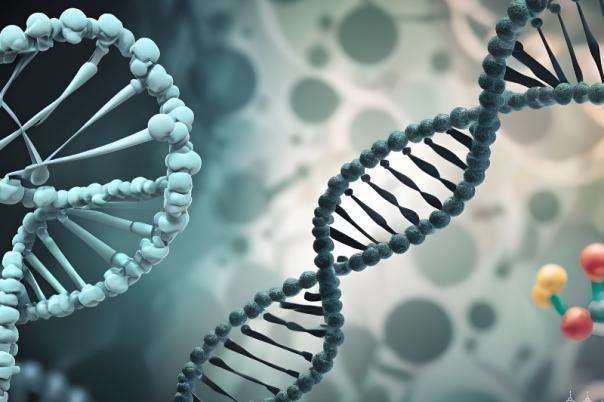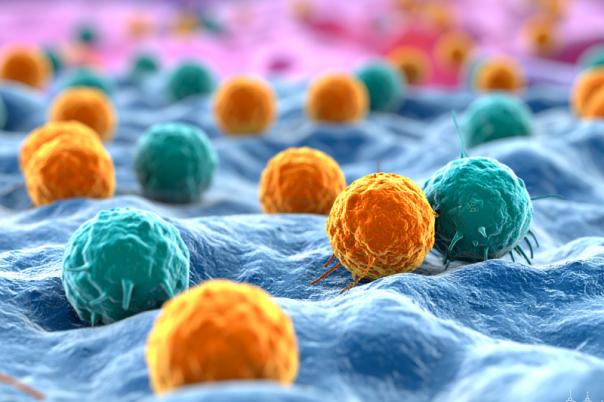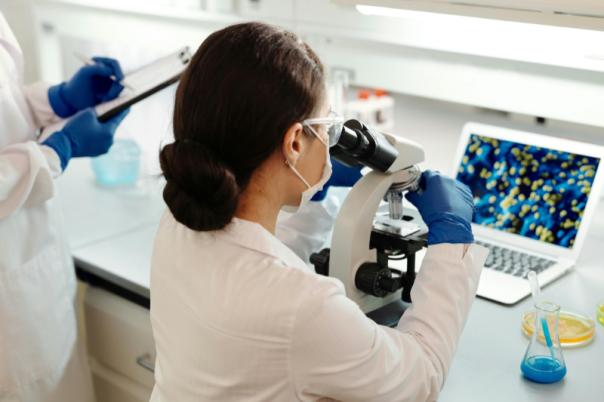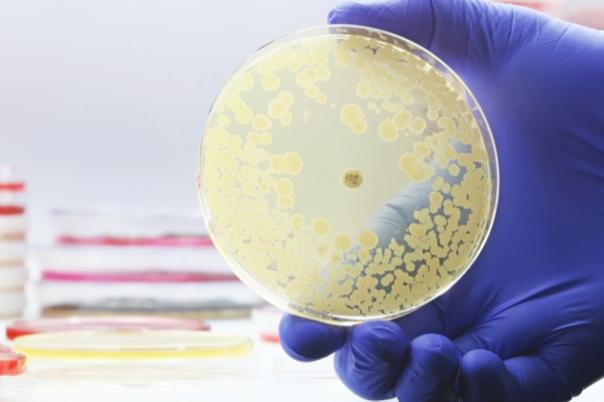Key Takeaways
- Spatial biology enables deeper understanding of disease by mapping cells and molecules in their native context.
- Collaboration and robust data integration are essential for progress in this complex field.
- High-quality data, standardisation, and ethical frameworks are critical for clinical impact and AI success.
In a recent panel discussion on the future of spatial biology, leading voices from academia, biotechnology, and the pharmaceutical sector explored how this rapidly evolving discipline is transforming the understanding of disease mechanisms and biomarker discovery. The conversation highlighted both the scientific opportunities and the practical challenges that come with integrating spatial technologies into modern biomedical research.
A New Dimension in Understanding Biology
Spatial biology has emerged as one of the most promising frontiers in life sciences. By enabling visualisation and quantitative analysis of molecular and cellular interactions within their native tissue context, spatial approaches are redefining how scientists interpret biological complexity.
One expert described ongoing efforts to combine genomic, proteomic, and imaging data from patient samples across multiple cancer types, creating deeply integrated molecular atlases. The objective, they explained, is to move from fragmented, single-omic perspectives toward a unified view of biological systems.
Yet, the challenge extends beyond data integration—it lies equally in training a new generation of scientists capable of navigating multiple data layers simultaneously. Bridging the communication gap between biologists, data scientists, and clinicians has become a central task, requiring interdisciplinary fluency and shared scientific language.
From H&E to High Plex: The Industry Perspective
From an industrial and translational viewpoint, spatial biology is now seen as indispensable for modern biomarker discovery and target validation. Panellists emphasised that traditional histology, once the cornerstone of spatial analysis, is being enhanced with high-plex molecular data, allowing unprecedented insight into tumor microenvironments and cell–cell interactions.
One speaker noted that spatial techniques are becoming integrated into early discovery pipelines, enabling multi-layered assays that reveal biomarker distributions not only across tissues but also within individual cells. The next frontier, they argued, lies in interpretability—understanding why certain spatial patterns correlate with therapeutic outcomes.
Artificial intelligence and machine learning play a pivotal role in this effort, though their success depends on the quality of input data. As one expert observed, RNA-based assays remain limited by sample preservation and variability, underscoring the need for high-quality, structured datasets to link molecular information with clinical relevance.
Technological Innovation and Spatial Mapping
On the technology development side, new platforms are pushing the boundaries of what can be visualised and quantified within tissues. Emerging systems now enable simultaneous detection of thousands of RNA transcripts or hundreds of protein markers within a single tissue section.
These advances are moving spatial biology from simple cell-type identification toward dynamic mapping of biological functions—capturing not only what cells are present, but where they are, what they are doing, and how they interact. By combining transcriptomic and proteomic profiling within the same sample, these technologies reduce material loss and open deeper insights into disease mechanisms, immune responses, and therapeutic effects.
Data Integration and the Human Element
Despite these technical leaps, data integration remains one of the field’s most persistent bottlenecks. Panellists discussed the ongoing difficulty of merging outputs from disparate technologies—aligning sequential slides, synchronising imaging and RNA data, and standardising peptide and protein-level information.
To address this, some institutions have developed interdisciplinary research teams that combine expertise in biology, computation, and imaging. By working side by side, these groups are not only producing better-integrated datasets but also advancing a culture of collaborative science. As one academic leader noted, “There’s no ready-made solution for multi-omics integration—we’re writing the playbook as we go.”
AI, Ethics, and Data Infrastructure
Artificial intelligence represents both an opportunity and a challenge in spatial biology. While AI models promise to uncover hidden patterns in complex datasets, their performance depends on access to large, well-structured, and interoperable data. Yet, stringent privacy regulations and fragmented data infrastructures often restrict information sharing—even for anonymized datasets.
The panel identified federated learning as a promising strategy, allowing AI models to be trained across multiple institutions without transferring sensitive data. However, realizing this vision requires investment in infrastructure, clear legal frameworks, and viable collaboration models that align academic, clinical, and industrial priorities.
Building a FAIR Future: Interoperability and Collaboration
Interoperability between technologies and institutions emerged as another key challenge. Different spatial platforms often generate data that are difficult to compare or integrate. The panel advocated for universal adoption of FAIR data principles—ensuring that datasets are Findable, Accessible, Interoperable, and Reusable.
Participants called for funding agencies and regulators to incentivize better data management and standardisation. Harmonisation, they argued, should not be an afterthought but an integral part of research design and funding strategies. Building such frameworks from the outset could accelerate innovation while ensuring reproducibility and ethical data stewardship.
Clinical Relevance and the Path Forward
The discussion also turned to clinical applications. Spatial biology holds potential to bridge radiology and pathology, correlating molecular tissue maps with imaging data to better understand therapeutic responses. However, the panel acknowledged that real-world implementation remains challenging due to sample variability, logistical complexity, and cost.
Sample quality and standardization remain the most immediate hurdles. Even minor inconsistencies in tissue handling can alter molecular readouts, complicating comparisons across studies. Efforts to harmonise biobanking protocols are under way, but progress is gradual and resource-intensive.
The Power of Collaboration
The session concluded with a strong call for collaborative frameworks that span academia, industry, and public institutions. Panellists emphasised that long-term partnerships—supported by shared infrastructure, transparent governance, and sustained engagement—are essential for realizing the full promise of spatial biology.
Consortia and public–private initiatives were cited as effective models, provided that all partners remain actively involved in shaping standards and sharing best practices. True collaboration, the panel agreed, demands more than funding; it requires continued participation and collective responsibility.
Conclusion: Toward a Spatial Understanding of Life
Spatial biology represents more than a technological breakthrough—it marks a conceptual shift in how science perceives living systems. By mapping the relationships between cells, molecules, and their environments, researchers are uncovering the hidden architecture of health and disease.
As underscored throughout the discussion, the field’s success will depend not only on advanced instruments but also on data governance, ethical integrity, interdisciplinary training, and cross-sector collaboration. Achieving these will allow spatial biology to fulfill its ultimate potential: transforming medicine from a study of isolated signals into a comprehensive, spatially resolved understanding of life itself.
